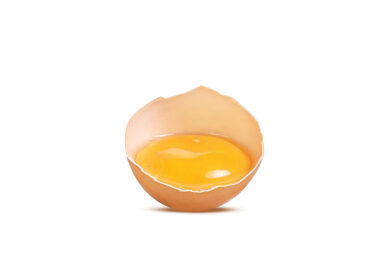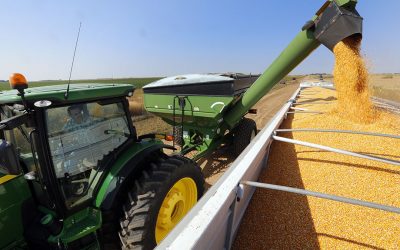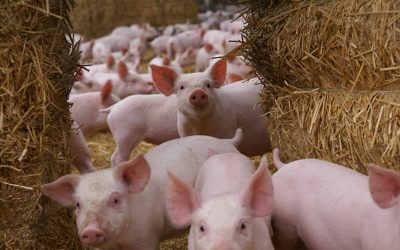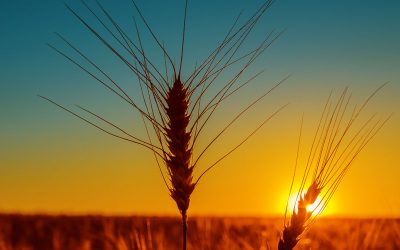Farm trials show farmers how to reduce N
Ongoing field trials since 2002 by a team that includes 16 farmers, Cornell researchers and Cornell Cooperative Extension field crops educators in 10 counties show that nitrogen for corn can be significantly reduced. This saves farmers money and reducing environmental impact.
“With this program, we focus on determining under what situations extra
nitrogen would be good to add and when a farmer can save money by reducing
fertilizer applications without impacting yield and quality,” says Quirine
Ketterings, associate professor of crop and soil sciences, who co-leads the
research team. “This is the best way to minimize the potential negative
environmental and economic impacts of excess nitrogen fertilizer
use.”
Additional nitrogen
The project evaluated five treatments
when growing corn: no starter fertilizer and no additional nitrogen; a starter
of 30 lbs nitrogen only; and starter of 30 lbs nitrogen plus 50, 100 of 150 lbs
of added nitrogen on corn newly planted in fields that grew alfalfa (a legume),
grass or an alfalfa/grass mix the year before. None of the 16 first-year corn
trials evaluated in 2005-06 responded to additional nitrogen after the starter
fertilizer, said Cornell graduate student Joseph Lawrence. This indicates that
the forage grass and/or legume gave enough nitrogen back to the soil to feed the
following year’s corn crop, he said. Forage quality was not negatively impacted
either.
This project, in its final year, is funded with grants from the
Northern New York Agricultural Development Program and New York Farm Viability
Institute and the Cornell Agricultural Research Station. The project team will
also provide conclusions about use of soil nitrogen tests to determine when corn
grown in New York needs nitrogen.
Join 26,000+ subscribers
Subscribe to our newsletter to stay updated about all the need-to-know content in the feed sector, three times a week. Beheer
Beheer









 WP Admin
WP Admin  Bewerk bericht
Bewerk bericht